Only 1% of India’s population buys furniture online: Sanjay Gupta, Urban Ladder
Urban Ladder recently recreated its brand identity with a new logo and tagline – ‘Let’s Create’. It symbolises the process of creating a beautiful home with Urban Ladder, a process of collaborative creation. The brand wants every individual to unleash their creative side, starting with their home to make it unique and personal. The new logo and brand identity has been developed in-house by Urban Ladder’s Creative and Brand Team.
It was in July 2012 that Ashish Goel (CEO) and Rajiv Srivatsa (COO) co-founded Urban Ladder with a vision – to make a million homes beautiful. In the last four years, the brand has created a differentiated identity built on the twin tenets of design and trust. With over 4,000 distinctive products and an industry benchmark NPS score of 0.75, Urban Ladder is opening up new distribution channels to reach out to new customers.
In conversation with Adgully, Sanjay Gupta, CMO, Urban Ladder, sheds light on the functioning of an online furniture and home decor brand, Urban Ladder’s refreshed brand identity, tapping the festive season and much more. Excerpts:
What made Urban Ladder go for a change in brand identity at this point of time?
We have been seeing ourselves as a consumer brand. Rajiv Srivatsa and Ashish Goel built the brand on design and trust, they never thought it to be an e-commerce platform. So, we never sold anybody else’s products, we never behaved like a marketplace. However, the restructured brands in the e-commerce space in India are actually marketplaces. No one sells their own brand. Thus, the consumers felt that Urban ladder, too, is a marketplace and not a consumer brand. At this stage, we created enough brand awareness about us, wherein we distributed more products just like Puma or a Nike – they sell on their own website as well as on Amazon and PlanetSports, similarly Urban Ladder products can be distributed everywhere. And while doing this, we decided to highlight the same standardised service that we offer and the same brand message, irrespective of who is distributing our products. So, the things that we have done is create a brand identity which delivers right now what is important for us. This involved changing the logo, the way Urban Ladder was written was inside the box.
Secondly, the way we see consumers is completely different. Therefore, we decided to build a concept of self-expression, wherein we say that home is a reflection of oneself and together we have to create something to offer. We realised that it is a blank canvas, which allows us to represent, experiment, a lot of possibilities, and that’s how the logo got created. However, not much will change in terms of the way that the company works. The focus will still be on the products and our service. But there is a minor tweak – from product we have moved to solutions. Thus, there is more collaboration between the customer and our team, for instance, you can speak to an interior designer from Urban Ladder and he/she can create a solution for you. The interior designing section was introduced four months ago in Urban Ladder.
We are doing this for two reasons: one, we see this as the right time for distributing the brand. There is enough awareness about it, many people know about what the Urban Ladder experience is. So we can now go to other platforms and distribute our products, such as on Amazon, Flipkart and physical stores. The second reason for changing the identity or rather refining it – I think changing would not be an appropriate word – is because you know when you have only one platform like Urban Ladder, it is very easy to maintain cohesiveness. This is the only meaning of the brand. But as we started distributing it, when you interact with Amazon, Flipkart or any physical store, there can be variations of that particular product and we wanted to be consistent and coherent across. So, this is basically an effort so that everybody internally in the organisation, all our customers and partners know what we stand for, so that we have one cohesive view of Urban Ladder irrespective of where you buy us from.
How are you planning to communicate about new positioning or identity?
It is the term used internally. Yes, we are going to build Urban Ladder – One Customer, One Experience and One Home as a brand. So, typically when brands do repositioning, it is because they are shedding their own kit. Our purpose is not that. We have just refreshed ourselves. So for the first six months, it is going to be within our team members – we don’t call our team members as employees. We have just launched the brand identity and a brand film with them and are explaining to them why this brand refresh is important. The second exercise is with our current set of customers. Thus, the brand film will be on our website. There is no TVC at this point of time because people don’t buy furniture on an everyday basis. Only 1 per cent of the population buys furniture online. So we are only advertising on digital. Along with top quality and good service, everytime you buy a piece of furniture from Urban Ladder, you are going to get something interesting. Typically when you think of a furniture player, the visual imagery is not that good. So, along with the furniture site and we have come up with a colouring book. It is very differentiated in a good way. It is an unbranded category. There is no strong image, so you want to build on that. I think we will do advertising in around 18 months or 24 months.
How do you plan to create brand differentiation or unique identity for Urban Ladder in the market?
I think one of the key reasons for Urban Ladder being seen as a differentiated brand is the culture of the occupants. When the founders started out, they were very clear that they wanted to build a company where the team members are really proud of working there. For instance, Ishavasyam (Brand Manager, Urban Ladder), who launched the brand identity with the team members – every story is unbelievable. I think the key differentiator for us is our culture, the way we work in Urban Ladder, which gets reflected in everything that we do – from positioning to marketing strength, in this market there are no brands. If I were to ask you about the top brands when it comes to furniture, you wouldn’t know which ones to name. It is a $20 billion market and yet there is no furniture brand that has been in the vicinity of Rs 250 crore. It is an undifferentiated and very fragmented market, so it is relatively easier to build the brand business.
When portals like Urban Ladder go for a change in brand identity, how long does it take for the consumers to develop affinity towards it?
At least in the e-commerce space, I don’t think there would be a good number to place on this because it is a very new industry. But what I have seen from my earlier experience is that if a brand is light – for example how Google keeps changing its identity or Uber, which has recently changed its identity – it becomes easier for customers to react to that. In our case, we have the email addresses of everyone who has bought from us, so we are sending out this message to them informing them about our new brand identity. As of now, most people seem to like what we are doing. The surprising part about Urban Ladder is that most of what you see on social media about us is user-generated. We let our customers react. And because of that, I think the affinity towards the brand is so high that everytime you refresh it, people like it.
How often do you refresh the inventory?
We try and introduce something relevant either to a particular season or to an occasion, which is almost every week. So after the Malabar range we have already introduced one sofa range and in November we are introducing an absolutely spectacular product, where with the same entity you can create multiple sitting locations. So if you buy just one sofa, you can actually break it down to 10 or 15 different ways of using it.
What is the #ULStory all about?
Our customers when they buy from us tend to share a lot of photographs. For these, we have come up with this Urban Ladder app. In the views section, there are unedited versions of what the consumers share and then we have the #ULStory. These are all places where customers have either shared their videos or we have gone and recorded their videos. It is not a campaign, but more like a review. We go to their homes and see how they are using our products and put it on our website and then ask people how these products can be used properly. Thus, you get to see how the products fit in real life. It’s a customer’s home, they have bought the furniture from us and have made it part of their homes. These videos are on the YouTube channel, on the app and the website.
How has the festive season been for Urban Ladder in terms of sales, revenue, marketing?
Our sales have done really well. The big change that we have seen this festive season is that while earlier customers used to buy is small things from us like a coffee table or a book shelf, individual products, this time a lot of our customers have bought big ticket items. Sofas and beds have done really well for us. And our other part of the business – Urban Interiors, wherein we offer new home solutions, has really expanded for us. A lot of people move into new homes or renew the older ones during Diwali. They have bought from us during the festive season. So, we have seen an increase in our average ticket prices – sales in this festive season.
What growth in sales you are targeting this year?
You know, the e-commerce stake has to double every year. We are seeing that we should look to target about 70-80 per cent growth y-o-y over an extended period of time.
Beyond the festive season, how do you maintain the consistency in demand from the consumer side?
Digital brands, especially in a category like this are fairly lucky because there is this one trend which is happening with customers. For instance, when a customer is setting up a new home, they are likely to first go and search on Google, then visit Pinterest to see photographs and get ideas on decorating their new home. And there it becomes very easy for us to tap into your piece. So, Google has this re-targeting piece, where you go and see something that we know you have seen it, then we can reach out to you. So, for us it involves reaching out to customers who are in the market to buy and their behaviour exhibited online. For us, I think the key challenge is when people do an upgradation. They end up spending between Rs 3 lakh and Rs 5 lakh. Our average ticket price right now is about Rs 20,000. They end up buying small items and don’t buy the big stuff. So the next wave of growth for us will be to sell more to the same customer by giving them better experience and creations.




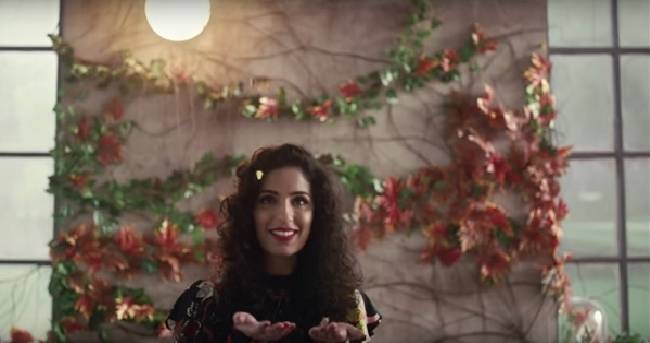





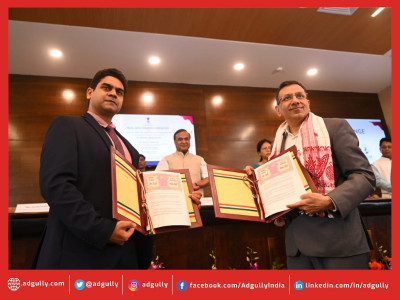
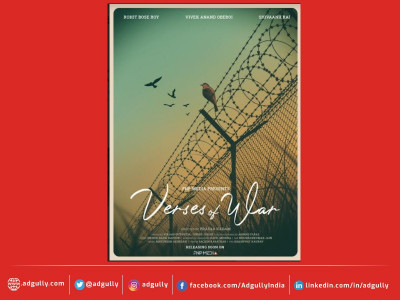
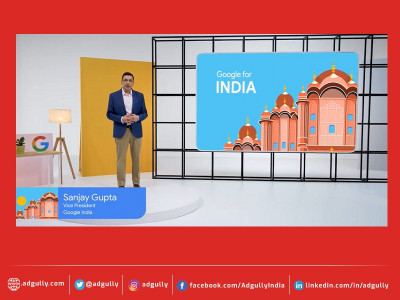
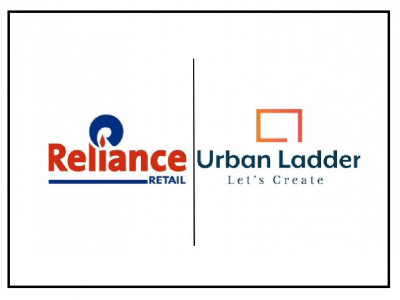
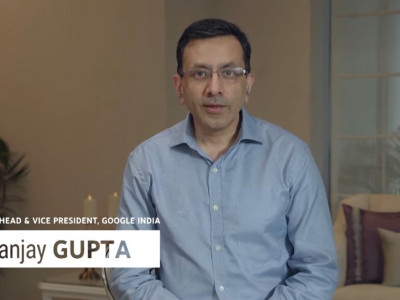



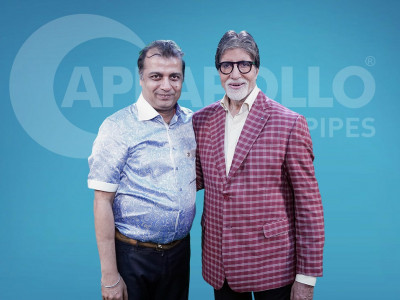


Share
Facebook
YouTube
Tweet
Twitter
LinkedIn